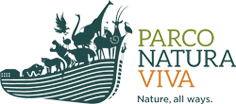Rhino Project
Until the 19th century, the white rhino was widespread in two separate regions of Africa, whereas today it can be found only in a small area of its original range, confined to National Parks and Game Reserves. Classified as “Nearly Threatened” in the IUCN Red List, white rhino is at risk of extinction mainly due to poaching activities for the illegal trade of its horn mostly in Asia. Even though the poaching figures for the first six months of 2019 release by the South Africa’s Ministry of Environment report a slight decrease in this activity, approximately two rhinos are killed every day in South Africa. This rate is still too high and concerns only South Africa, highlighting the importance in conserving white rhinos’ populations in all the African continent.
Parco Natura Viva Rhino Project aims to protect this fascinating species in its natural habitat. The project acts on several fronts: on one hand the park supports in-situ conservation projects with the purpose of monitoring white rhinos in their natural environment. The project plans to develop a rhino monitoring system to protect them from poachers and preserve them also outside of protected areas. On the other hand, Parco Natura Viva carries out awareness raising activities with the visiting public and joins the World Rhino Day, the international day dedicated to rhinos, announced for the first time by WWF South Africa on 2010. In this occasion the park organizes a series of workshops to teach the visitors about this species, accompanying them along the path of the rhino’s area path to better understand the threats that this species must face in nature in order to survive.
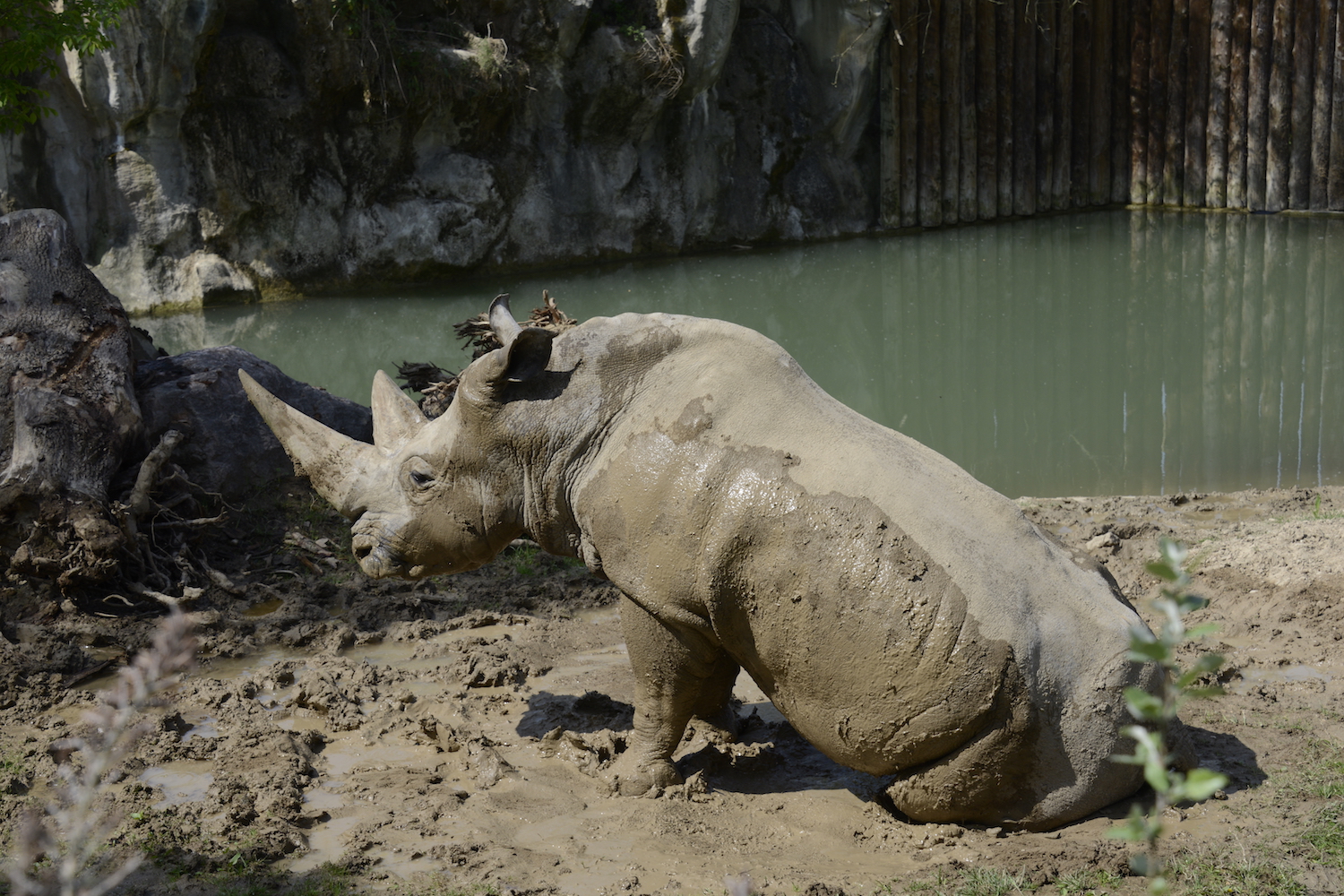 |
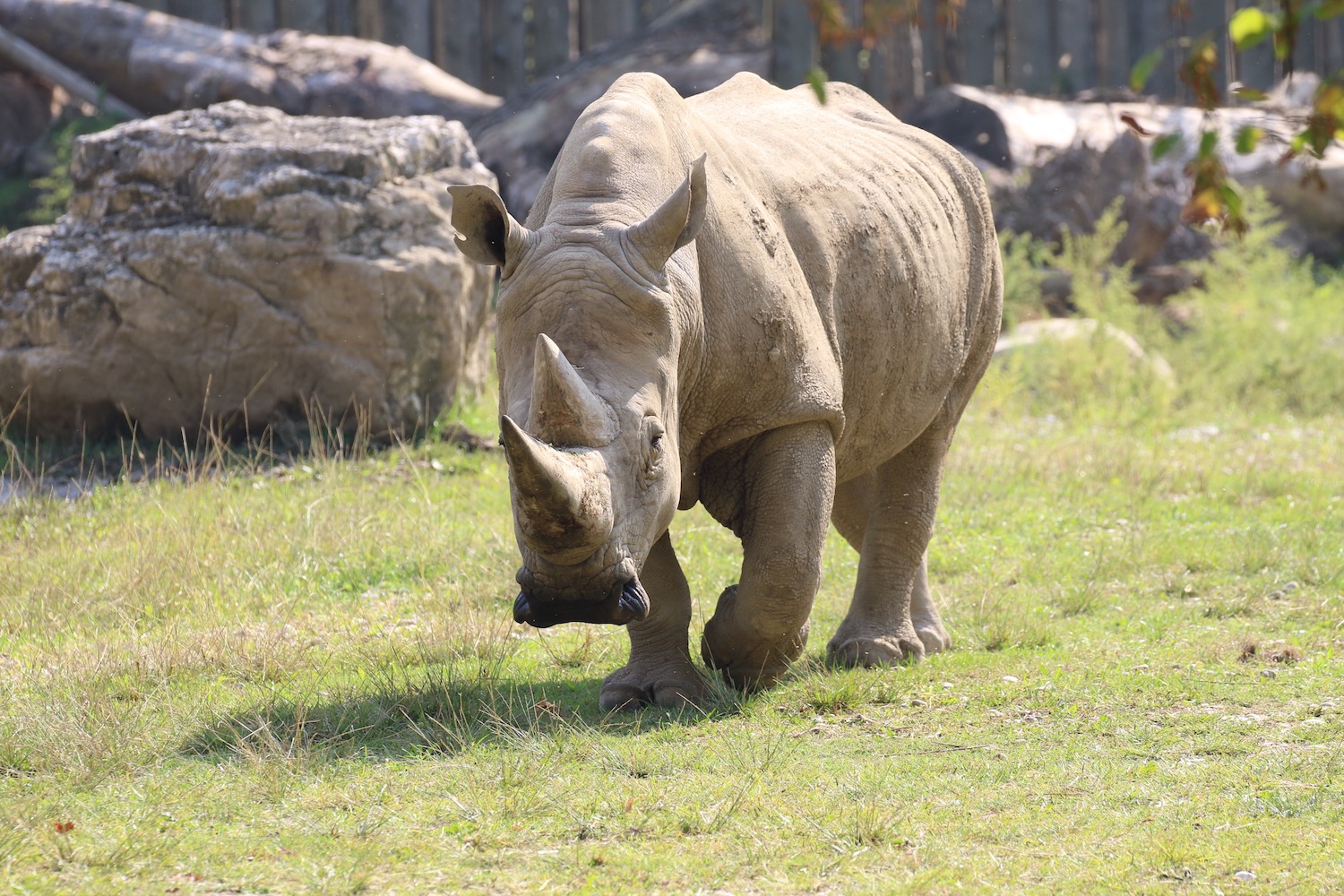 |
 |
One of the main threats for the white rhinos’ population is poaching for the illegal trade of the horn used in traditional Chinese medicine, as aphrodisiac and for ornamental purposes. For examples it is considered a prestigious material for the realisation of the handles of traditional daggers (jambiyas) in some Middle East countries. Until a few years ago, poaching did not have an impact on the number of white rhinos in Africa; however, it drastically increased in the last years in response of a significant rise of horns’ value on the black market. Today the white rhino (Ceratotherium simum) is classified as “Near Threatened” in the IUCN Red List. In many African countries, poaching against this species continues to claim victims: in South Africa almost 4,000 individuals have been killed in the last 3 years, and now Namibia has become the new hunting territory for poaching with over 80 individuals killed in 2015. Thanks to the use of its own army, only Botswana has been able to contain the threat of poaching.
 |
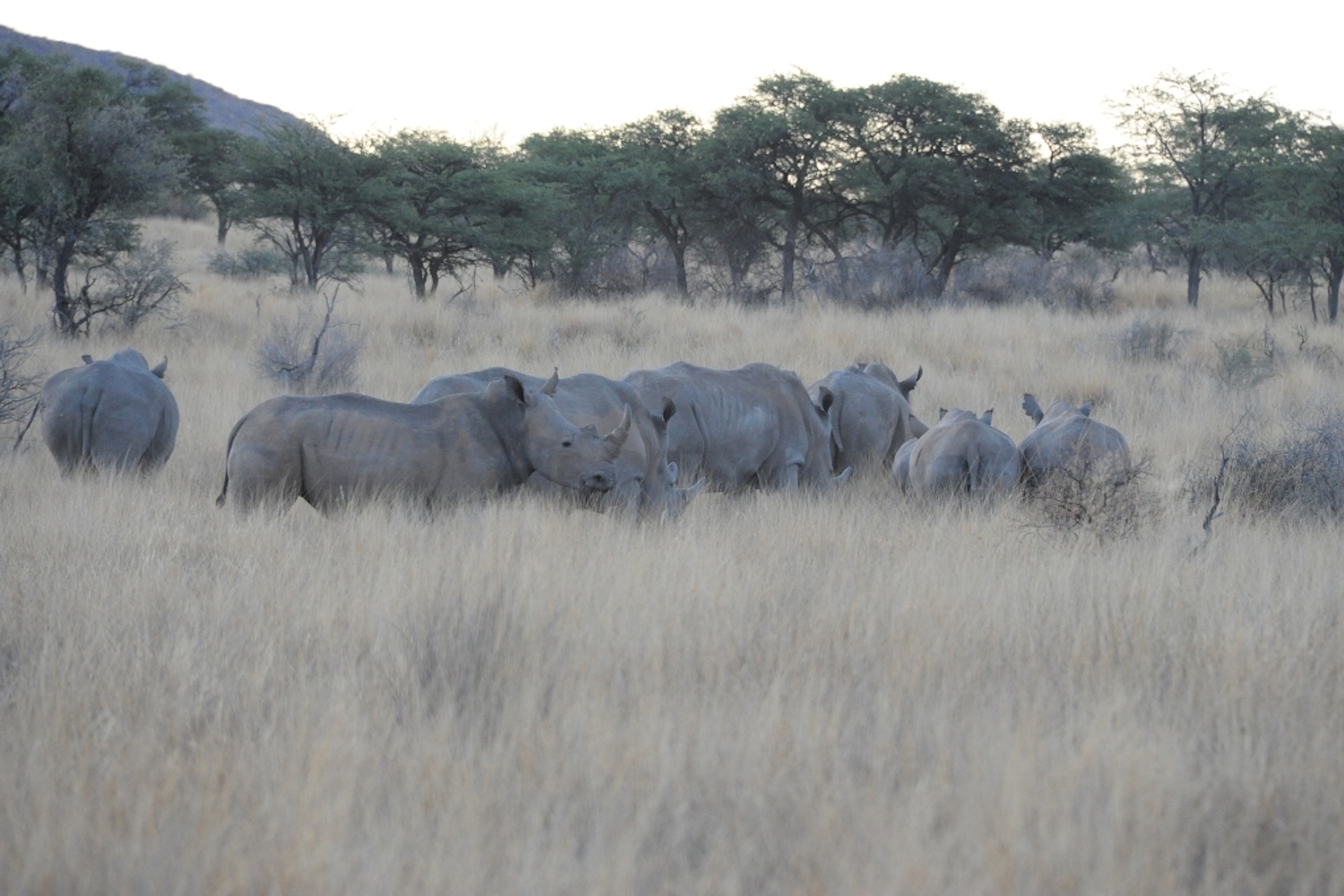 |
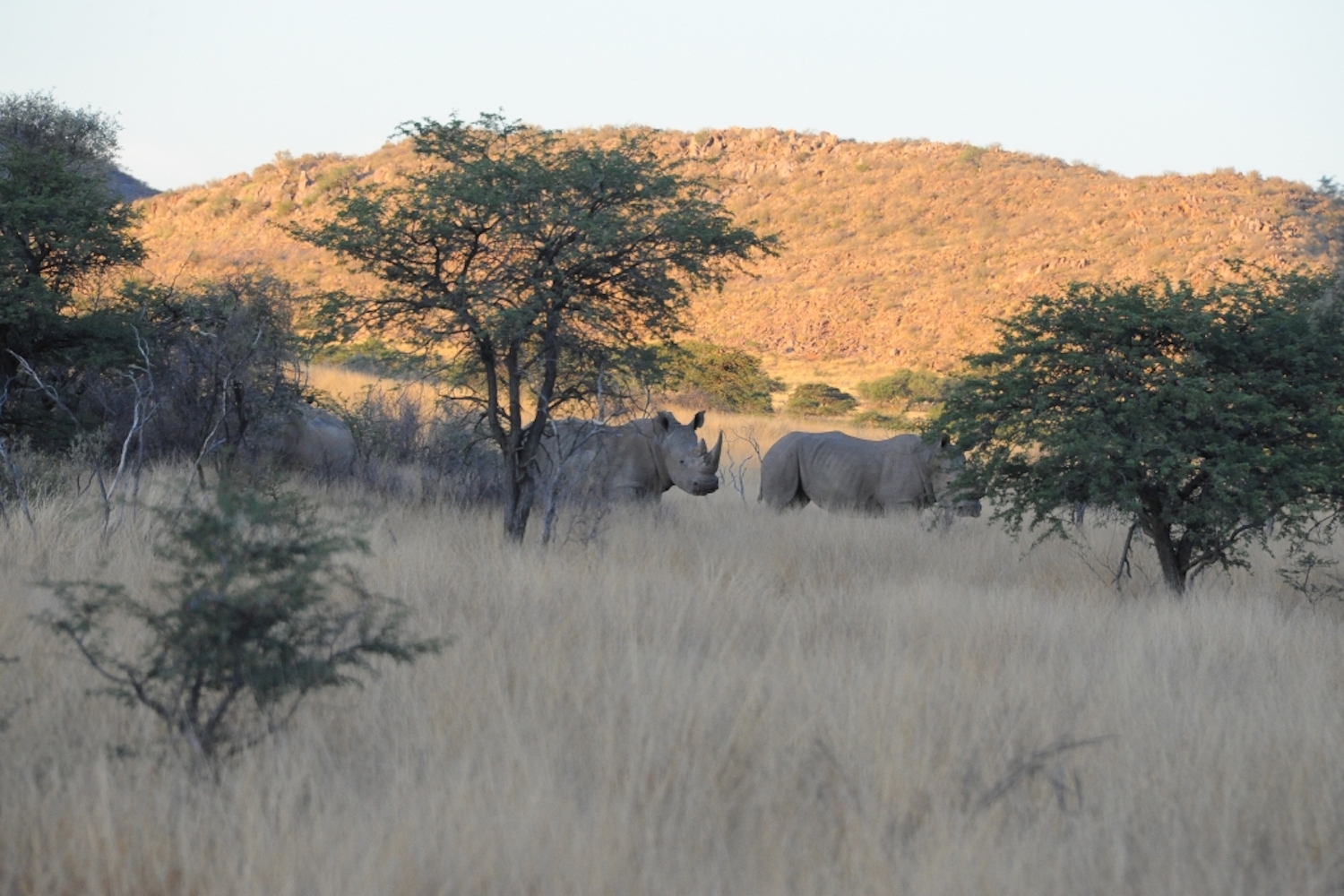 |
The park houses two males of white rhino (Ceratotherium simum): Toby and Benno, both part of the European ex-situ conservation programme EEP. Toby has been in the park since the beginning and is over 40 years old, an incredible age for a white rhino! Since its arrival it shared the exhibit with a couple of hippos and its offspring. With some young hippos Toby was able to build a good bond, so that it can happen to see them play together. Benno was born in the USA in 1981 and just over 30 years old, after living in Salzburg Zoological Park, arrived at Parco Natura Viva in 2012, within the EEP programme. Parco Natura Viva was chosen by the EEP Coordinator of this species for its experience in managing white rhinos, and a new exhibit was realised for Benno in the Safari area.
The two rhinos are easily distinguished not only because they live in two separate areas of the park, but also because of the different shape of their horns: Benno’s horn has a rounder shape.
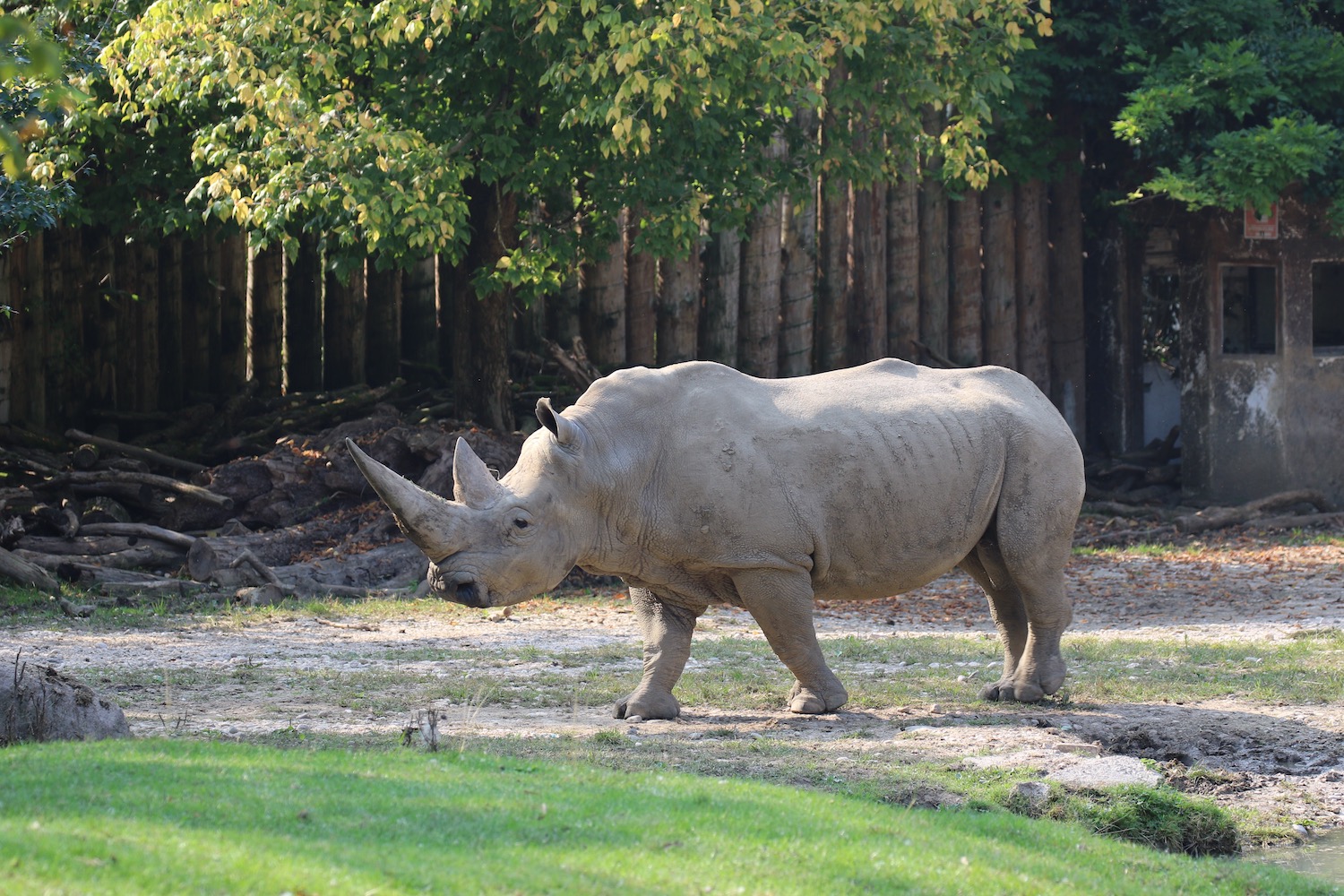 |
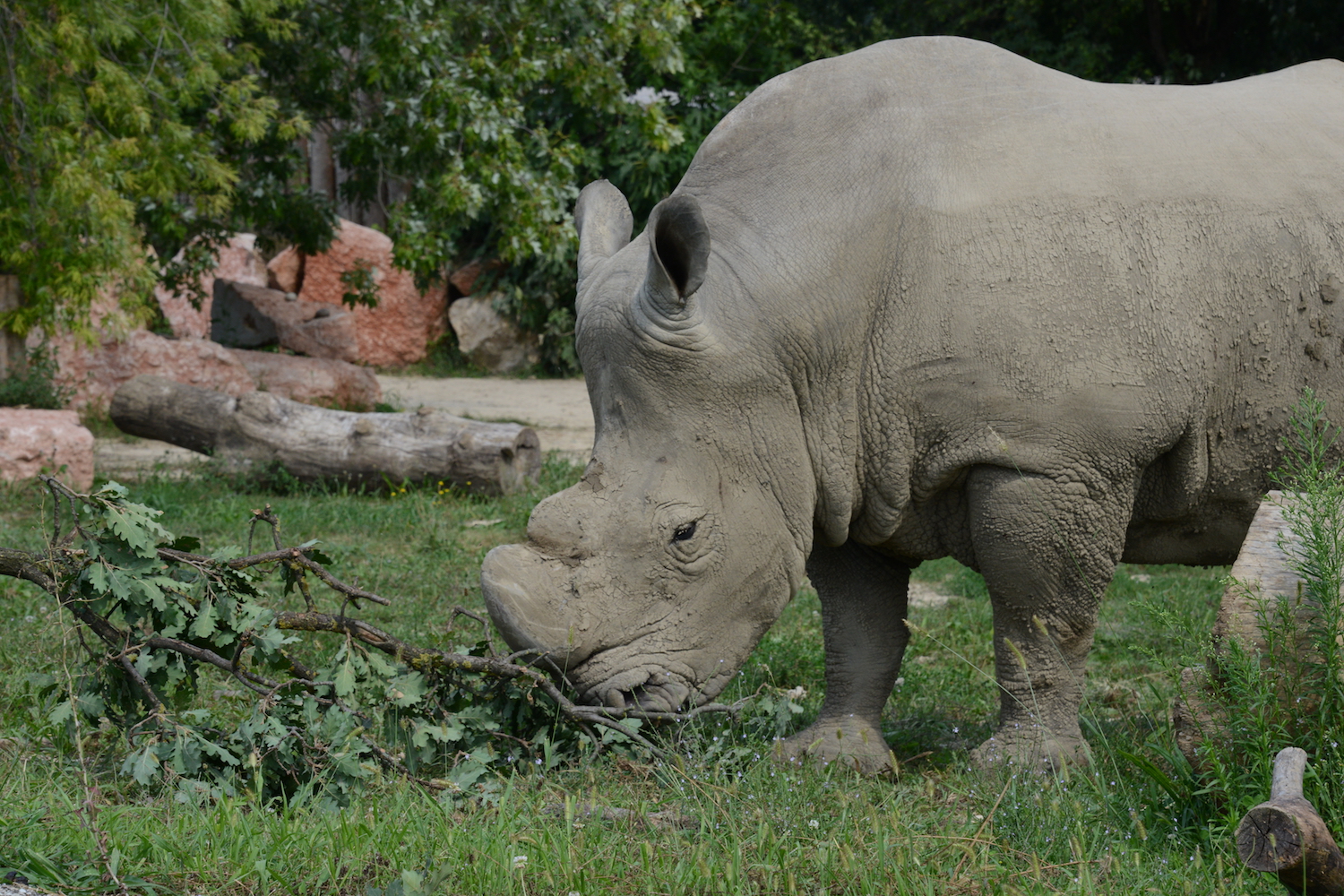 |
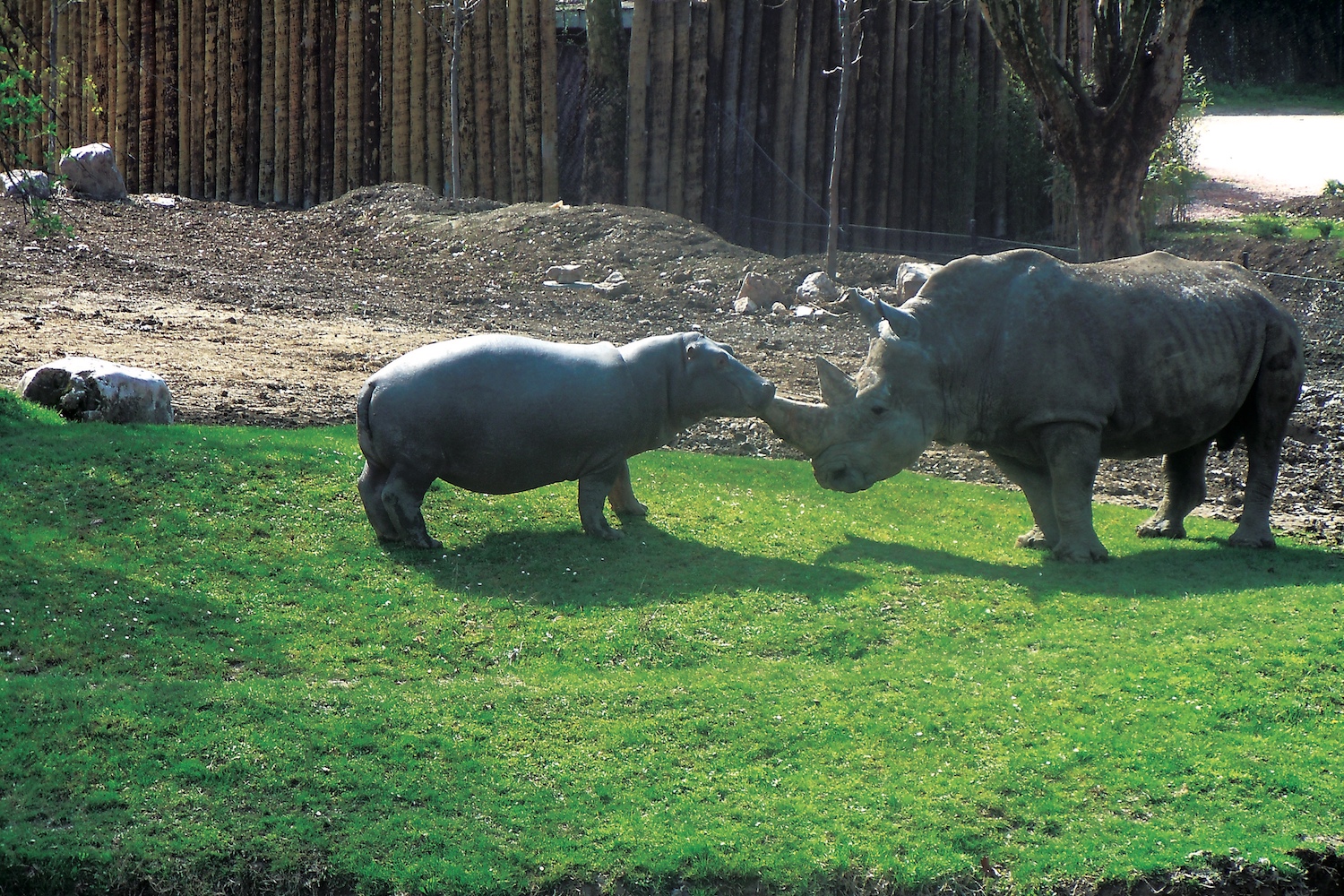 |
The two rhinos are easily distinguished not only because they live in two separate areas of the park, but also because of the different shape of their horns: Benno’s horn has a rounder shape.
Every year Parco Natura Viva celebrates the World Rhino Day on the 22nd of September.
2019
Parco Natura Viva supports the work carried out by the Save The Rhino International, that is dedicated to the protection of rhinos carrying out educational and support activities for local communities and supporting the work of rangers. In particular, Parco Natura Viva decided to support the Hluhluwe-iMfolozi Park in South Africa. Hluhluwe-iMfolozi is known as the birthplace of the white rhino as it is the location where the Southern white rhino was brought back from the brink of extinction in the 1950s. The contribution of Parco Natura Viva has given the chance to purchase camping kits for rangers that are dedicated to tackle the threat of poaching.
During the 10th edition of the National Congress on Research in Parks organised by Parco Natura Viva itself between the 4th and the 7th of October 2019, a fundraising volleyball match was organised entirely dedicated to the supported in-situ conservation projects. Four teams participated, each representing an animal species linked to a conservation project. The match “On the field for conservation” proclaimed the Rhino team the winner, and donated the money raised to the Save the Rhino International.
In June, the Ambassador of South Africa visited the park in honour of the celebration of the 50th anniversary of Parco Natura Viva. This visit gave the opportunity for discussion and dissemination of the conservation and protection activities of rhinos in South Africa, issue that is extremely important for the Ambassador.
During the 10th edition of the National Congress on Research in Parks organised by Parco Natura Viva itself between the 4th and the 7th of October 2019, a fundraising volleyball match was organised entirely dedicated to the supported in-situ conservation projects. Four teams participated, each representing an animal species linked to a conservation project. The match “On the field for conservation” proclaimed the Rhino team the winner, and donated the money raised to the Save the Rhino International.
In June, the Ambassador of South Africa visited the park in honour of the celebration of the 50th anniversary of Parco Natura Viva. This visit gave the opportunity for discussion and dissemination of the conservation and protection activities of rhinos in South Africa, issue that is extremely important for the Ambassador.
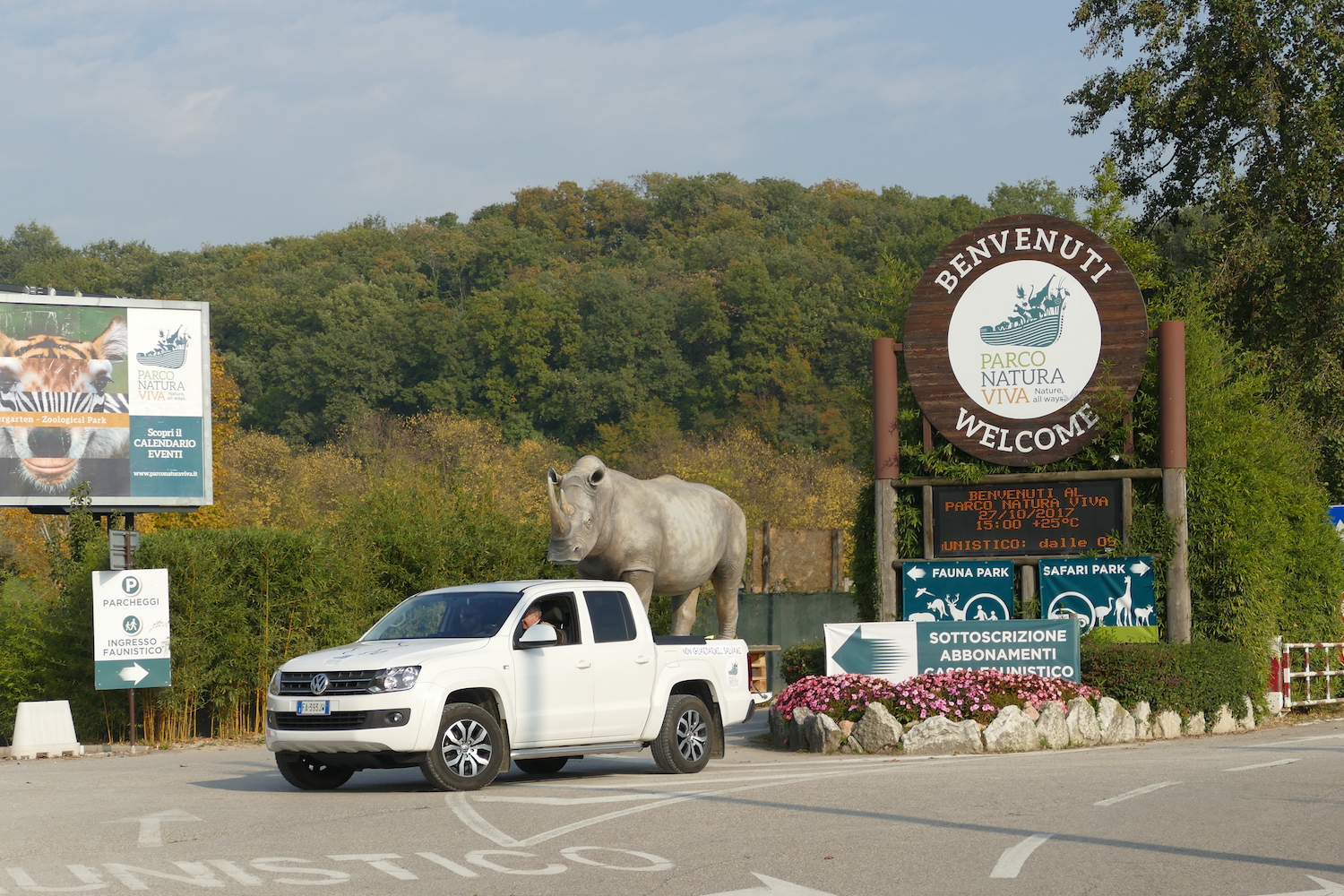 |
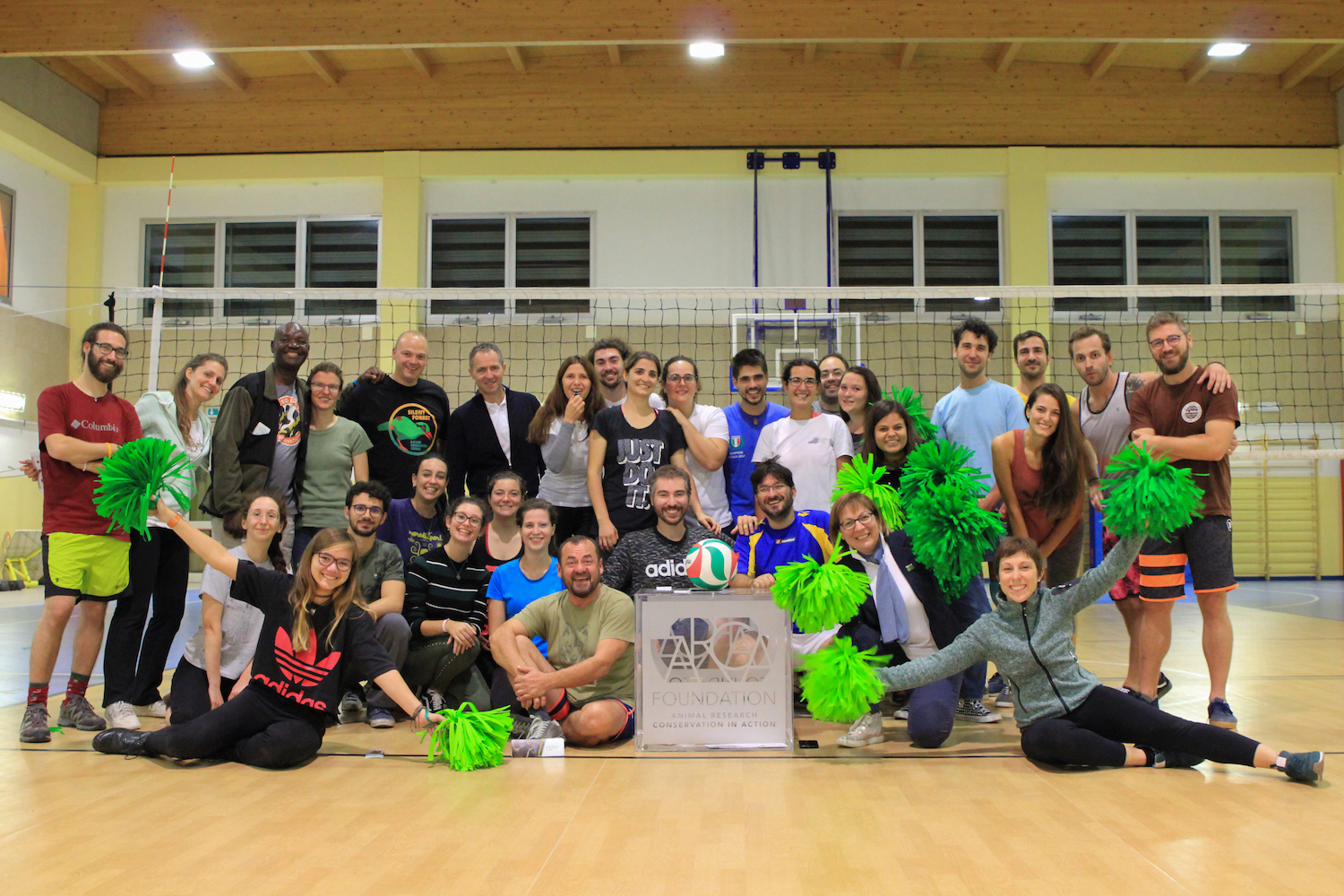 |
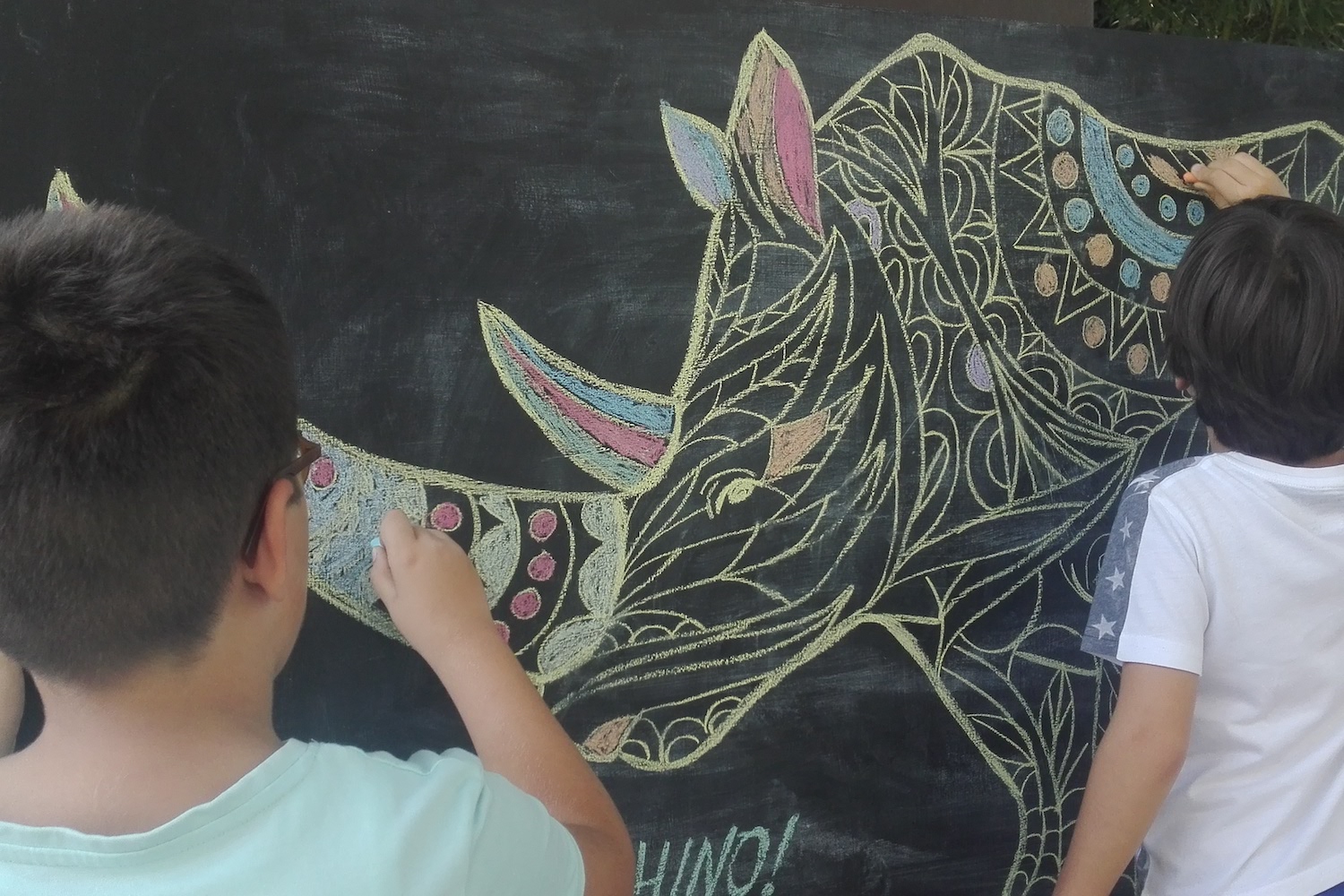 |
2017
Parco Natura Viva financed the design and realisation of a fiberglass reproduction of an adult white rhino. Behind its realisation there was an extremely accurate study of rhinos’ physiognomy, in order to make the model as much realistic as possible. Leo, so it was called, 3,6 metres long and 1,86 metres tall with a 75 cm horn, in collaboration with the Italian Associations of African Animals’ Experts AIEA is exposed in exhibitions, conferences and events for the purpose of disseminating and promoting the Rhino Project.
2016
ARCA Foundation, as an emanation of Parco Natura Viva, contributed to the antipoaching activities in the African reserve called Ongava, in collaboration with AIEA and PPA (Poaching Prevention Academy).
If you are interested in this project and you want to help saving the white rhino and its habitat, there are different ways in which you can contribute. By participating to the activities organized by Parco Natura Viva, such as guided tours, educational workshops and the World Rhino Day, you can learn more about this species and the threats to its survival, also learning what behaviours to adopt in everyday life to protect their habitat. By adopting the park’s white rhinos you will directly contribute to help finance this project; but even with your visit to the park you will be able to make a concrete contribution to conservation, since a percentage of the value of the admission ticket is always destined to in situ conservation projects. Finally, by making other people aware of the problems of animals in the wild, you can concretely help spread the knowledge and guarantee a future for the white rhino in its natural environment.
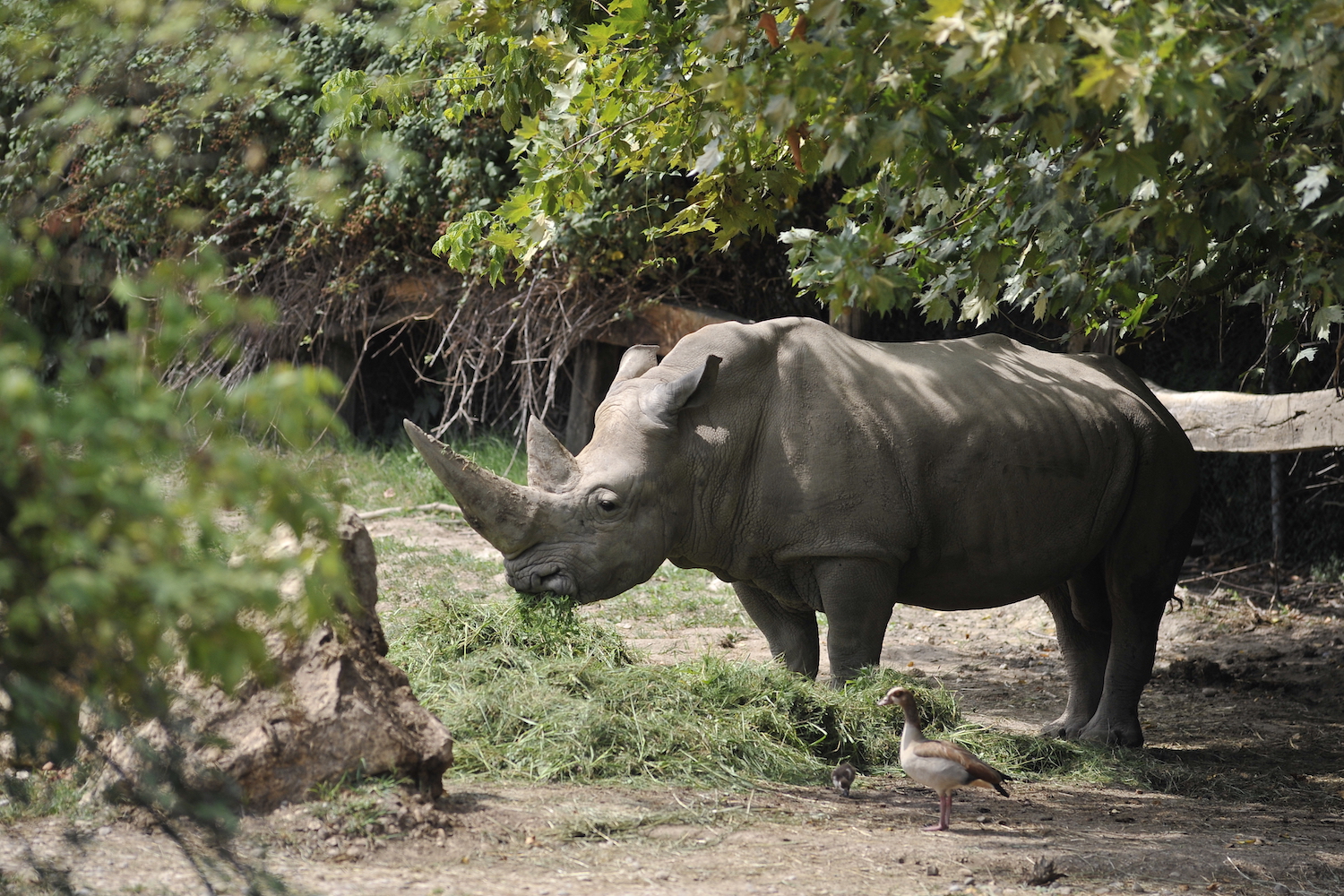 |
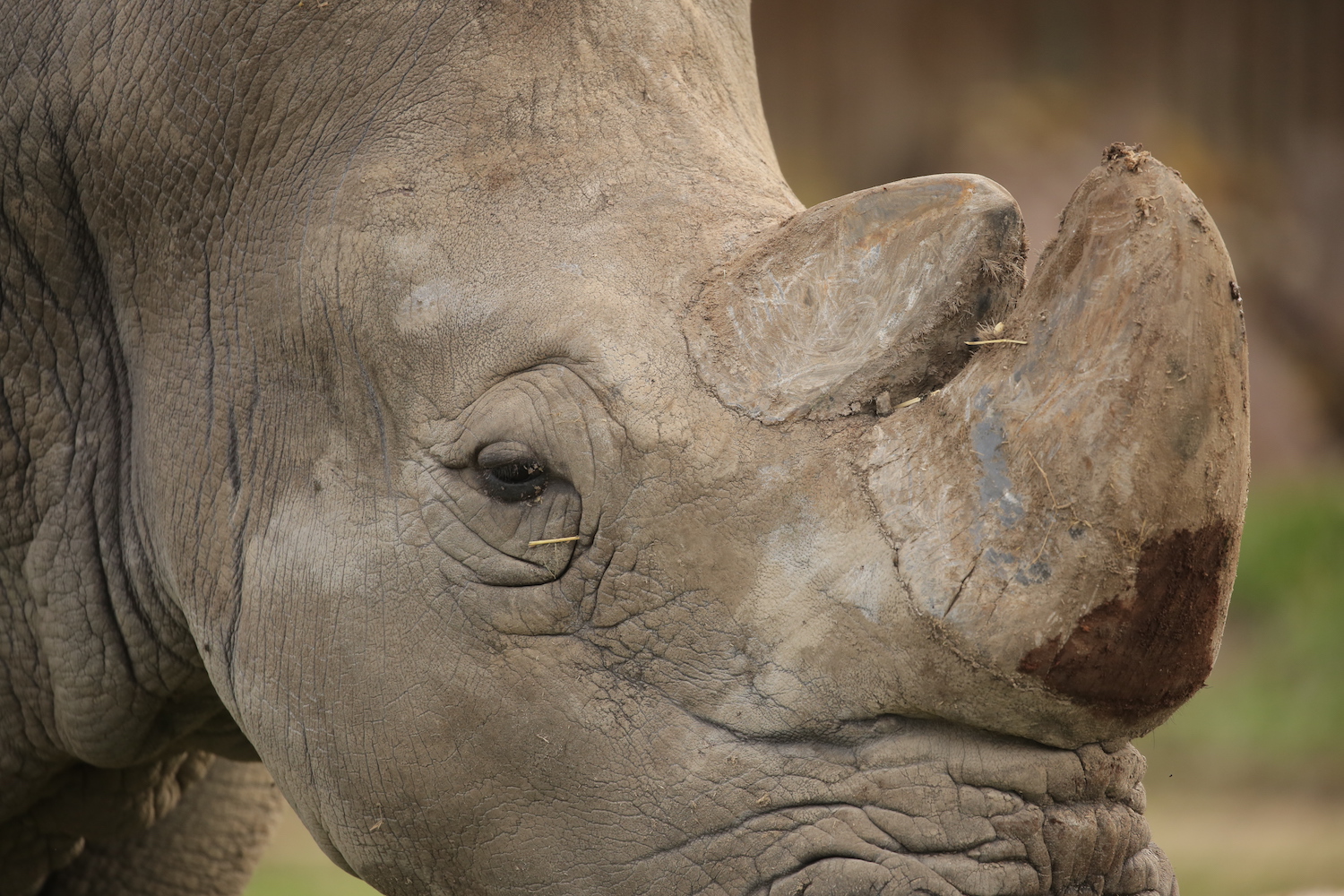 |
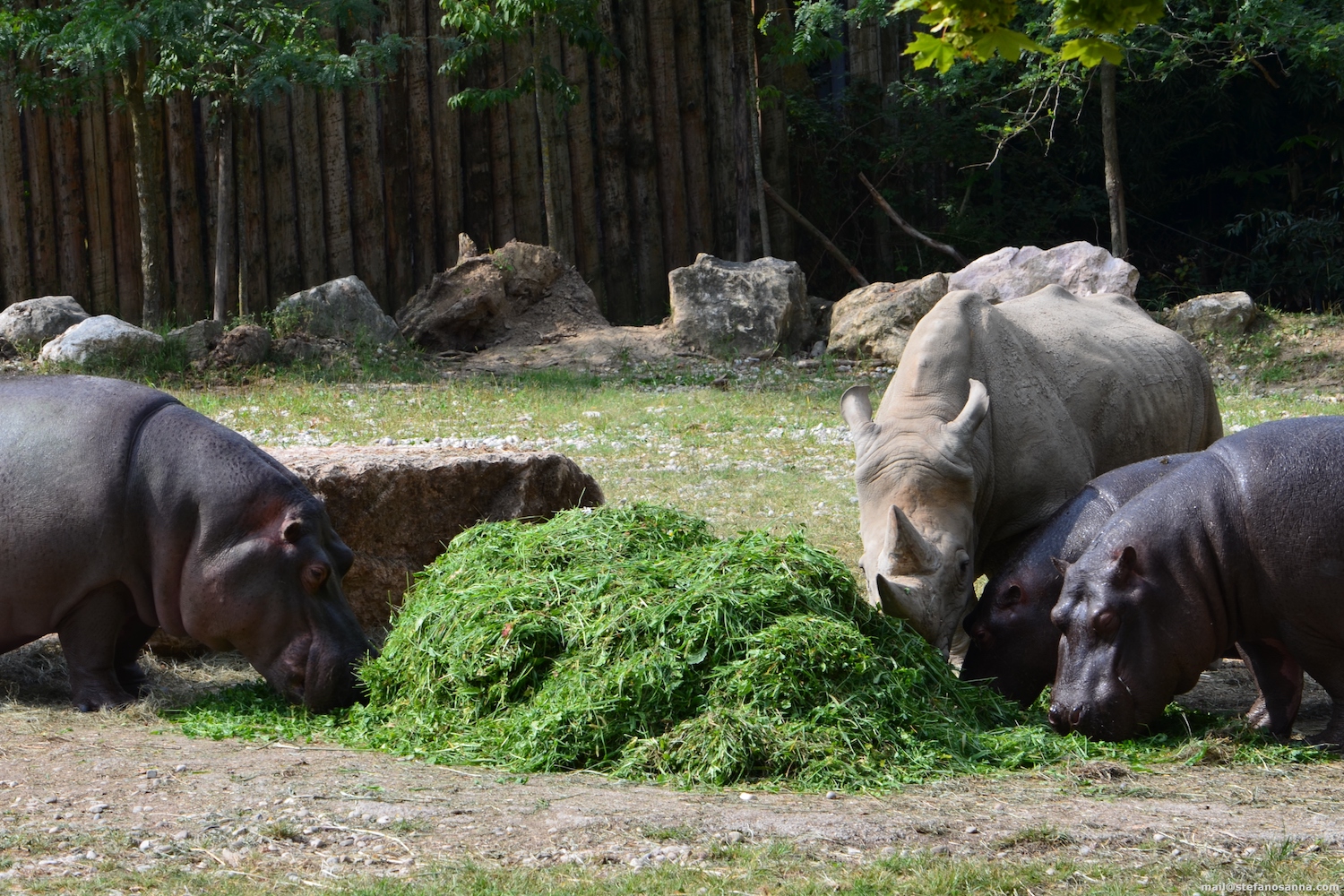 |
 Italiano
Italiano English
English Deutsch
Deutsch

